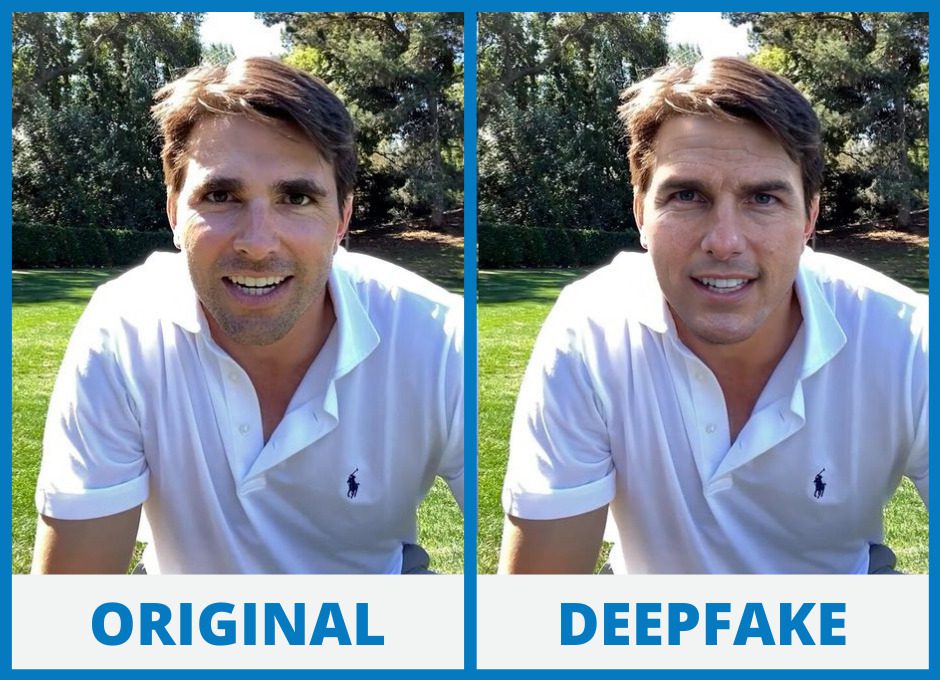Deepfakes – Pros & Challenges
Deepfakes and international conflict
What is Deepfake Technology?
Deepfakes are digital videos or images that have been manipulated using advanced artificial intelligence algorithms to superimpose a person’s face and voice onto another person’s body or speech. The technology behind deepfakes is rapidly evolving, making it easier for anyone to create high-quality fake videos. Despite its potential benefits, deepfakes have raised significant ethical and legal concerns, which has led to a growing debate over the appropriate use of this technology.

Pros Deepfake Technology
One of the biggest advantages of deepfakes is that they can be used to create high-quality entertainment content. For example, deepfakes can be used to create realistic characters in movies, TV shows, and video games. This technology can also be used to recreate scenes from classic movies or TV shows with modern actors, or to produce new movies or TV shows that would otherwise be impossible to make. Additionally, deepfakes can be used to create educational content by simulating historical events or scientific phenomena.
Another potential use of deepfakes is in the field of journalism. Journalists can use deepfakes to recreate interviews with people who have passed away or to get comments from experts who are unavailable for a live interview. This technology can also be used to expose fake news or to create realistic simulations of events for news broadcasts.
Challenges of Deepfake Technology
However, despite its potential benefits, deepfakes have raised significant concerns about their use. One of the biggest issues with deepfakes is that they can be used to spread false information and manipulate public opinion. For example, a deepfake video could be used to spread false rumors or to manipulate people into believing that a political figure has said or done something that they never actually did. Additionally, deepfakes can be used to create fake evidence in court cases, which could undermine the integrity of the justice system.
Another challenge with deepfakes is that they can be used to create fake pornographic content without the consent of the people involved. This can lead to serious privacy violations and emotional distress for the people affected. In some cases, deepfakes can also be used to create fake news or propaganda that is used to spread hate speech or incite violence.
To address these challenges, governments and technology companies are taking steps to regulate the use of deepfakes. Some countries are implementing laws that prohibit the creation and distribution of deepfakes for malicious purposes, while others are investing in technology that can detect deepfakes and prevent them from spreading.
However, detecting deepfakes is not a straightforward process, as the technology is rapidly evolving and new deepfakes are being created all the time. Some companies are developing deepfake detection algorithms that use machine learning to analyze videos and images and determine if they have been manipulated. These algorithms can be used to flag deepfakes, but they are not foolproof, and some deepfakes can still slip through undetected.
Examples of Deepfake Technology
FakeApp: FakeApp is a deepfake software that was developed as a proof of concept for creating deepfake videos. It uses machine learning algorithms to analyze faces and superimpose them onto another person’s body. The software is open-source, which means that anyone can download and use it to create deepfake videos. Despite its potential for misuse, FakeApp has been used by artists and filmmakers to create high-quality entertainment content.
DeepFaceLab: DeepFaceLab is another deepfake software that is designed to be user-friendly and easy to use. It allows users to create deepfake videos with just a few clicks and has a user-friendly interface that makes it accessible to people who are not familiar with machine learning. The software is available for free and is widely used by deepfake enthusiasts, filmmakers, and content creators.
DeepFaceDrawing: DeepFaceDrawing is a deepfake technology that is designed specifically for artists. It uses machine learning algorithms to turn sketches into realistic images of people. The technology works by analyzing sketches and using a deep learning algorithm to fill in the details and create a realistic image. This technology has been used by artists to create digital illustrations, animations, and even video games.
Conclusion
In conclusion, deepfakes have the potential to be used for good or bad, and it is up to us to determine how we use this technology. We must be aware of its potential benefits and drawbacks, and take steps to regulate its use to ensure that it is used ethically and responsibly. At the same time, we must continue to invest in technology that can detect deepfakes and prevent them from spreading false information or causing harm. By doing so, we can ensure that deepfakes are used for the benefit of society, rather than as a tool for misinformation and manipulation.
Must Read


